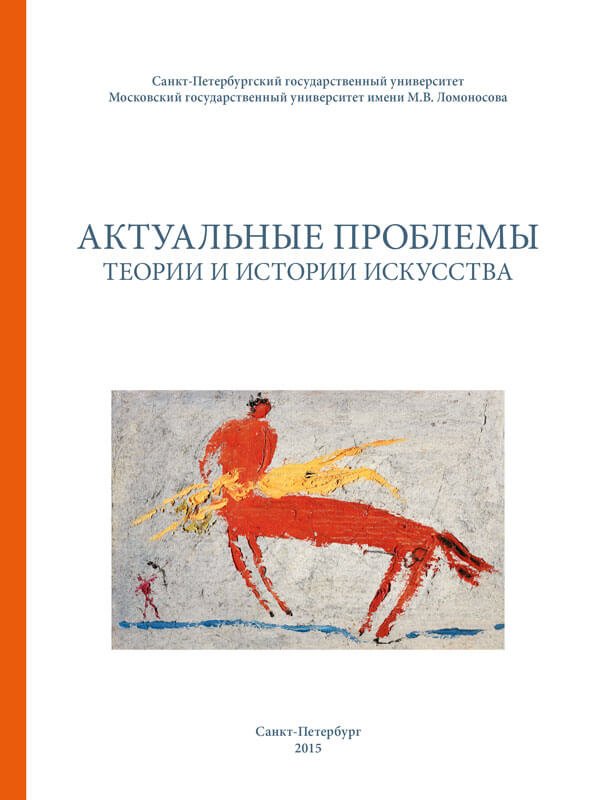Evolution of Doric Frieze Forms. Methods of Geometric Morphometrics in Statistical Analysis of Architectural Elements
DOI:
https://doi.org/10.18688/aa155-1-16Keywords:
ancient Greek architecture, Doric frieze, statistical analysis, geometric morphometricsAbstract
Method of geometric morphometrics and multivariate statistics applied to differentiate forms and shapes of architectural elements is presented in the paper. Preliminary systematization of architectural fragments was used. As an example, a sample of 83 elements of Doric triglyph-metope frieze, well known architectural monuments and new archaeological finds among these, was taken for the statistical analysis. Architectural details under research originate from different regions of the Ancient World. Chronological frameworks cover long period from Archaic time to early centuries AD. Finally, as a result of the work, patterns of geometrical variability of triglyphs that testify the existence of several rather invariable forms were distinguished. Five variants of triglyph configuration are identified and confirmed by regional and chronological features.
References
Bookstein F. L. Morphometric Tools for Landmark Data: Geometry and Biology. Cambridge, Cambridge University Press Publ., 1991. 198 p.
Bookstein F. L. Size and Shape Spaces for Landmark Data in Two Dimensions with Discussion and Rejoinder. Statistical Science, 1986, vol. 1, no. 2, pp. 238–242.
Buchanan B.; Collard M. A Geometric Morphometrics-Based Assessment of Blade Shape Differences among Paleoindian Projectile Point Types from Western North America. Journal of Archaeological Science, 2010, vol. 37, pp. 350‒359.
Buxeda i Garrgós J.; Villalonga Gordaliza A. Morphometrics and Compositional Classes. The Study of Anthropomorphic Sculptures from Teotihuacan (Mexico). Proceedings of the 4th International Workshop on Compositional Data Analysis. Sant Feliu de Guixols, Girona, CoDaWork’11 Publ., 2011. pp. 1‒21.
D’Arcy Th. W. On Growth and Form. New York, Dover Publication Inc., 1992. 1116 р.
Gromov A. V.; Kazarnitskii A. A. Application of Methods of Geometric Morphometrics in the Study of Forms of Ceramic Tableware. Trudy IV (XX) Vserossiiskogo arkheologicheskogo s’ezda v Kazani (Works of the All-Russia Archaeological Congress IV (XX) at Kazan’), Kazan’, Otechestvo Publ., 2014, vol. IV, pp. 140‒142 (in Russian).
Kendall D. G. Shape-Manifolds, Procrustean Metrics and Complex Projective Spaces. The Bulletin, Proceedings and Journal of the London Mathematical Society, 1984, vol. 16, no. 1, pp. 81‒121.
Klingenberg C. P. MorphoJ: an Integrated Software Package for Geometric Morphometrics. Molecular Ecology Resources, 2011, vol. 11, pp. 353‒357.
Rohlf F. J. Tps Dig, Digitize Landmarks and Outlines, 2.05. Department of Ecology and Evolution, State University of New York at Stony Brook, 2006. Available at: http://life.bio.sunysb.edu/morph/index.html (Accessed September 15, 2014).
Thulman D. K. Discriminating Paleoindian Point Types from Florida using Landmark Geometric Morphometrics. Journal of Archaeological Science, 2012, vol. 39, pp. 1599‒1607.


